Testing at Scale
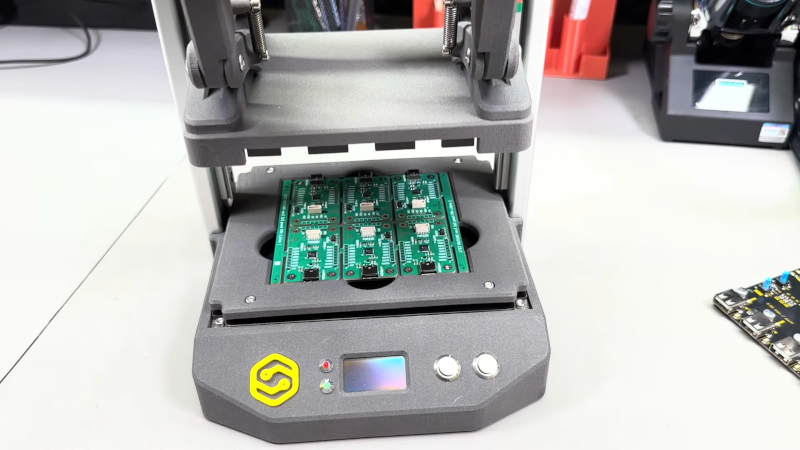
We’ve said it before: building one-offs is different from building at scale. Even on a small scale. There was a time when it was rare for a hobbyist to produce …read more Continue reading Testing at Scale
Collaborate Disseminate

We’ve said it before: building one-offs is different from building at scale. Even on a small scale. There was a time when it was rare for a hobbyist to produce …read more Continue reading Testing at Scale
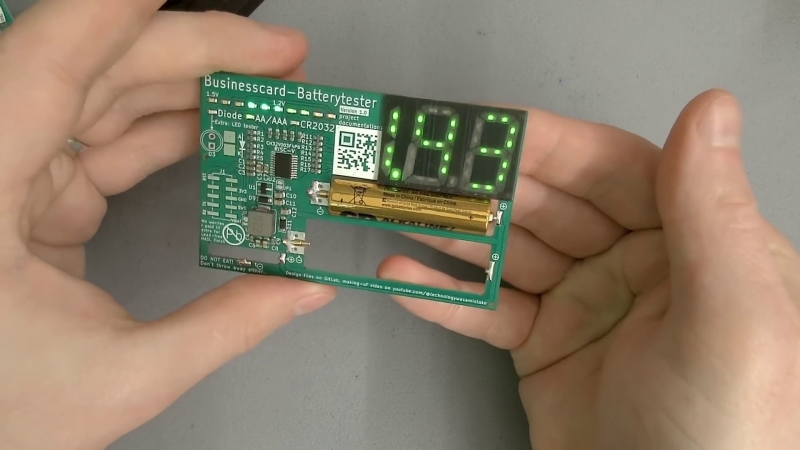
Readers of a certain vintage will no doubt remember that for a brief time, some alkaline batteries came with a built-in battery tester. Basically, you just pushed really hard with …read more Continue reading 2024 Business Card Challenge: a Battery Tester with Blinkenlights
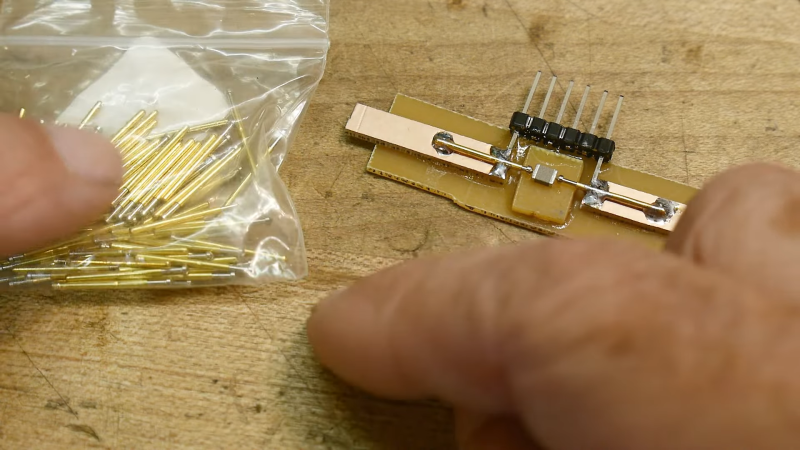
There’s no denying how useful surface mount technology is, and how enabling the ability to make really small circuits has become. It comes at a price, though; most of us …read more Continue reading This Pogo Pin Test Fixture Keep Your SMDs from Taking Flight
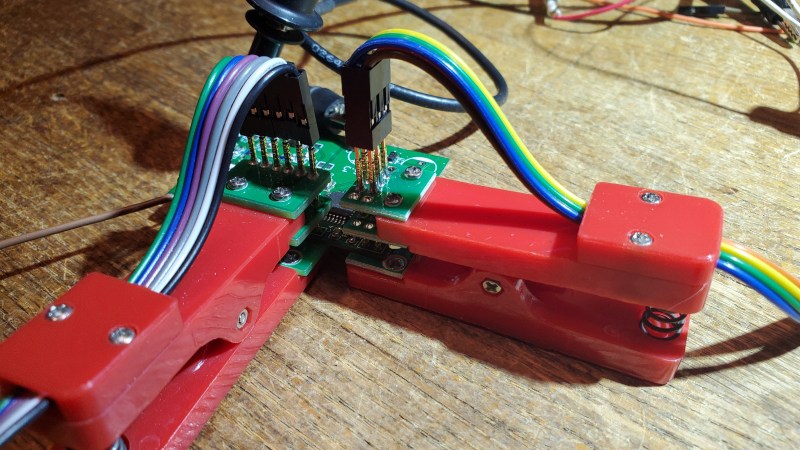
[Martin] sent this query, along with the lead photo, into the tip line, and he makes a good point. Most development and evaluation boards have multiple rows of pin headers, …read more Continue reading Who Needs Pin Headers?
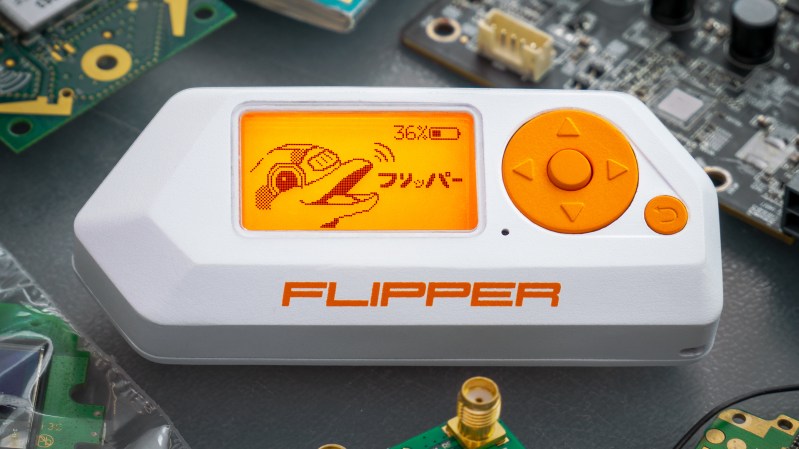
Flipper Zero is an open-source multitool for hackers, and [Pavel] recently shared details on what goes into the production and testing of these devices. Each unit contains four separate PCBs, and …read more Continue reading How the Flipper Zero Hacker Multitool Gets Made and Tested
Test and programming fixtures are great time-savers for anyone who needs to deal with more than a handful of PCBs. Instead of plugging in connectors (or awkwardly holding probe tips or wires) to program some firmware or run tests, one simply pops a PCB into a custom fixture with one …read more
Of all the input devices, the keyboard is the greatest. This comes at a cost, though: there were times back in the Before Days, when video and music editing applications came with custom keyboards. There were Pro Tools keyboards, Final Cut keyboards, and innumerable Adobe keyboards. What’s the solution to this problem? More keyboards, obviously, and this time we’ll make them modular.
For his Hackaday Prize entry, [Cole B] is building modular, programmable USB keyboards. It’s got everything: a standard 3×3 keypad, a keyboard that’s just four potentiometers, a keyboard that’s a rotary encoder, and a keyboard that’s a set …read more
Continue reading Modular Keyboards For CAD, Gaming, And Video Editing
When it comes to production, fast is good! But right the first time is better. Anything that helps prevent rework down the line is worth investing in. Some of the best tools to catch problems are good test fixtures. The folks at Tertill (a solar-powered robot for killing weeds that kickstarted last year) took the time to share two brief videos of DIY test fixtures they use to test components before assembly.
The videos are short, but they demonstrate all the things that make a good test: on the motor tester there are no connectors or wires to fiddle with, …read more
Continue reading A Peek Into a Weed-Eating Robot’s Test Fixtures
The various development boards such as the NodeMCU or Wemos D1 make working with the ESP8266 an absolute breeze. If they have a downside, it is that they are larger than the bare ESP2866, and of course cost a bit more. Just as with the Arduino, once you have the wiring sorted out and the code more or less finalized, your best bet is to ditch the unnecessary support hardware and use the bare module to save space and money in your final design.
Unfortunately, the ESP8266 form factor isn’t terribly forgiving when it comes time for hooking up a …read more
Remember the Psion? Back when PDAs were a thing, the Psion was the best you could get. It was, effectively, a palm-top computer with a real qwerty keyboard. It didn’t have Bluetooth, it couldn’t browse the web, and it didn’t have WiFi, but this was an AA-powered productivity machine that could fit in your pocket. Now there’s a new palmtop from Psion engineers. The Gemini PDA is basically a smartphone with a real keyboard that runs Ubuntu. It’s also has a smaller battery than other devices with this form factor, meaning the TSA thinks it’s a smartphone. This thing is …read more